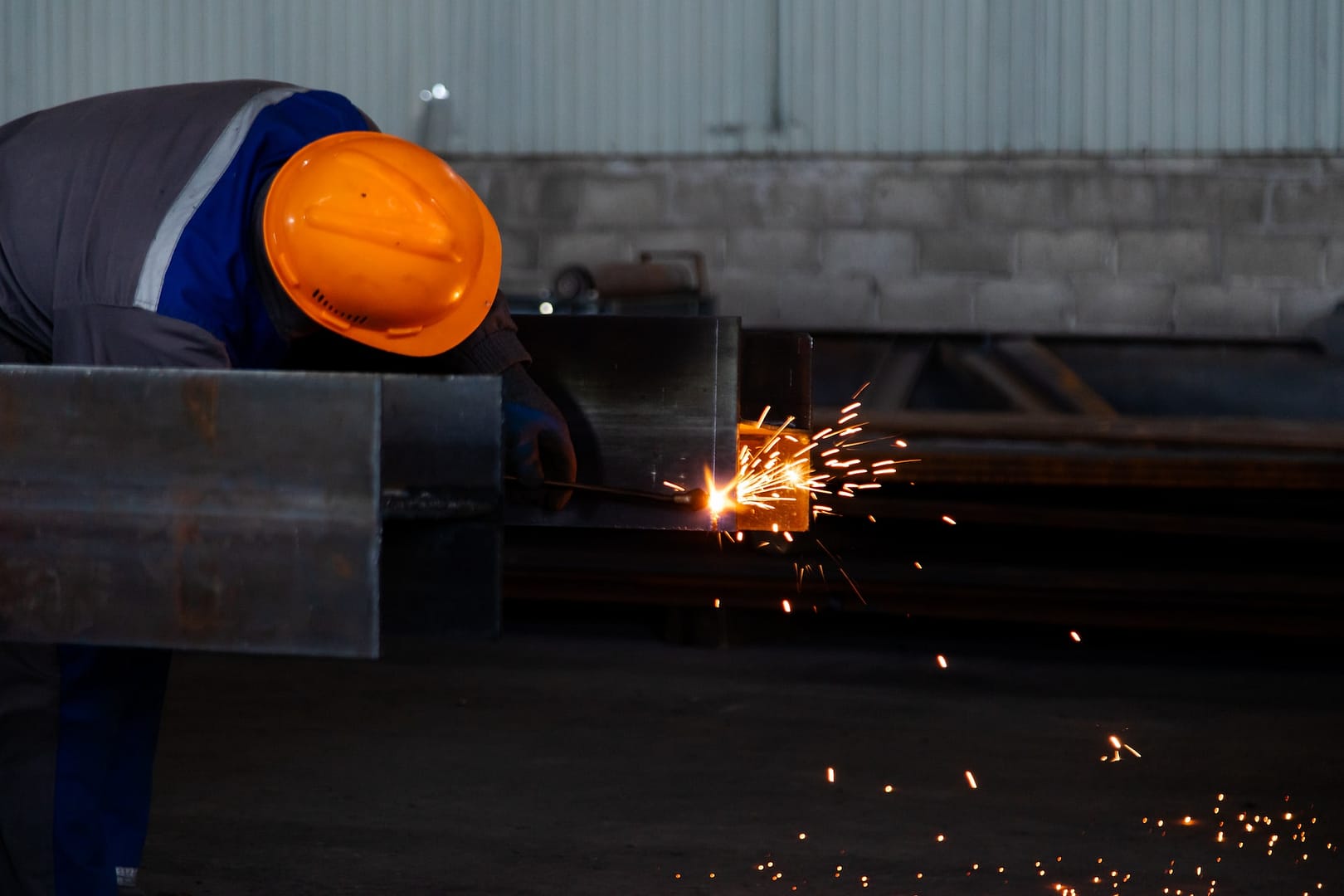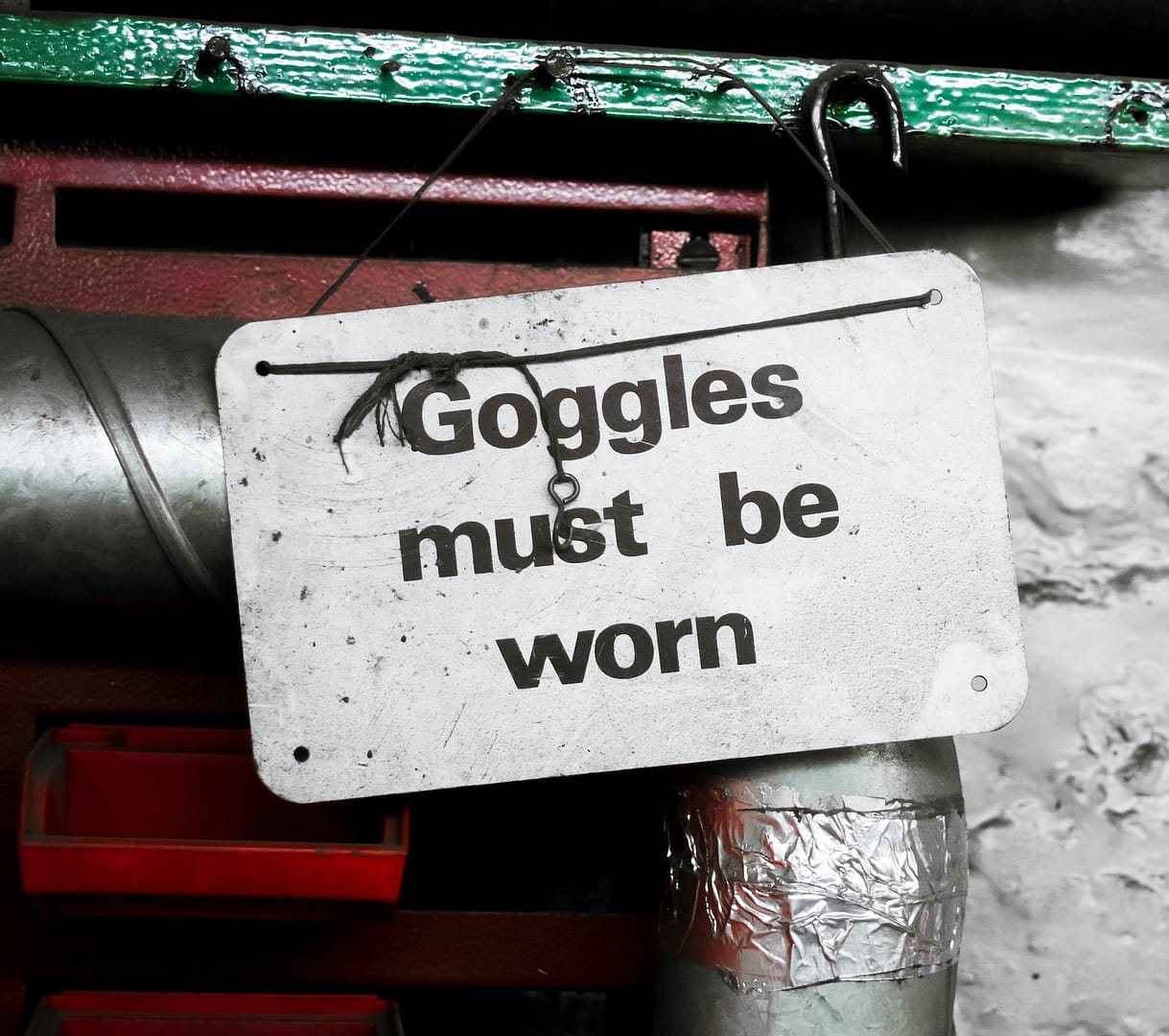Accidents can strike in the unlikeliest of places, and often, they find their stage right in the heart of our daily grind – the workplace. Whether you’re a seasoned professional or just stepping into the workforce, understanding how to prevent common workplace accidents is crucial. Let’s embark on a journey through the ins and outs of workplace safety, equipped with knowledge and strategies to ensure that you return home safely every day.
The Landscape of Workplace Safety
Before diving into the strategies and tactics, it’s essential to grasp the broader landscape of workplace safety. Understanding the statistics and common types of accidents can shed light on the magnitude of the issue.
Workplace Accident Statistics
In the United Kingdom, workplace accidents continue to be a significant concern. According to the Health and Safety Executive (HSE) report, there were approximately 65,427 non-fatal workplace injuries reported in 2020/21. While this represented a decrease from the previous year, it highlights the ongoing need for comprehensive safety measures.
Common Types of Workplace Accidents
Workplace accidents come in various shapes and sizes. The following are some of the most common types:
Slips, Trips, and Falls: These may sound like minor mishaps, but they are a leading cause of injuries in the workplace.
Manual Handling Injuries: Lifting heavy objects incorrectly can result in serious musculoskeletal issues.
Falls from Height: This is particularly prevalent in industries where workers operate at elevated positions.
Struck by Objects: Whether it’s falling tools or machinery, getting struck by objects is a constant danger in many workplaces.
Electrical Accidents: Faulty wiring, equipment, or negligence can lead to electrical accidents.
Fire and Explosions: Workplaces dealing with flammable materials are at risk of fire and explosion incidents.
Chemical Exposure: Improper handling and storage of hazardous chemicals can have dire consequences.
Preventing Common Workplace Accidents
To effectively manage and prevent common workplace accidents, a multi-pronged approach is necessary. Let’s break down the strategies and practical steps you can take to ensure safety on the job.
Workplace Safety Culture
Safety Training: The foundation of a safe workplace is a well-trained workforce. All employees should receive comprehensive safety training, covering potential hazards, safety procedures, and emergency protocols.
Safety Leadership: Effective leadership fosters a culture of safety. Managers and supervisors should lead by example, emphasising the importance of safety in every task.
Safety Communication: Establish open lines of communication for safety concerns. Encourage employees to report potential hazards or near misses promptly.
Safety Awareness: Cultivate a culture of vigilance. Employees should always be aware of their surroundings and potential risks.
Slips, Trips, and Falls
Floor Maintenance: Regularly inspect and maintain the workplace floors. Ensure that any spills or hazards are promptly cleaned or marked for caution.
Proper Footwear: Encourage employees to wear appropriate footwear with slip-resistant soles.
Safety Signage: Use clear signage to warn employees of slippery areas or uneven surfaces.
Manual Handling Injuries
Lifting Techniques: Train employees in proper lifting techniques, including bending at the knees and keeping the back straight.
Mechanical Aids: Provide mechanical aids, such as trolleys and forklifts, to reduce the need for manual lifting.
Ergonomic Workstations: Design workstations with ergonomic principles in mind to reduce strain and injury.
Falls from Height
Fall Protection Equipment: Workers at elevated positions should always wear appropriate fall protection gear, such as harnesses and lanyards.
Regular Inspections: Ensure that elevated work platforms and scaffolding are inspected regularly for safety.
Struck by Objects
Safety Zones: Establish designated safety zones where workers can stand while machinery is in operation.
Hard Hats: Mandate the use of hard hats in areas where falling objects are a concern.
Electrical Accidents
Electrical Inspections: Regular inspections of electrical systems and equipment are essential to prevent accidents.
Training: Ensure that qualified personnel handle electrical work, and provide training on safe practices for everyone in the workplace.
Fire and Explosions
Fire Safety Plan: Develop and communicate a comprehensive fire safety plan, including evacuation procedures and fire extinguisher locations.
Chemical Storage: Safely store flammable materials, ensuring they are separated from potential ignition sources.
Chemical Exposure
Safety Data Sheets: Maintain up-to-date safety data sheets for all chemicals used in the workplace.
Proper Ventilation: Adequate ventilation systems should be in place in areas where chemical exposure is a concern.
The Role of Personal Responsibility
While workplace safety protocols and management play a pivotal role, individual responsibility cannot be understated. Employees have a significant part to play in preventing common workplace accidents.
Reporting Hazards
If an employee identifies a potential hazard, it’s their responsibility to report it promptly. This not only protects their own safety but also that of their colleagues.
Proper Use of Safety Equipment
Employees should use safety equipment and gear as instructed. Whether it’s wearing a helmet or harness, these items are designed to protect against specific risks.
Compliance with Safety Procedures
Workplace safety procedures are in place for a reason. Employees must adhere to them meticulously, as deviating from these protocols can lead to accidents.
Avoiding Shortcuts
In the rush to meet deadlines, it’s tempting to take shortcuts. However, bypassing safety measures can have disastrous consequences.
Staying Informed
Employees should stay informed about the specific safety measures and protocols relevant to their tasks and work environment.
Making an Accident at Work Claim with National Claims
At National Claims, we understand that despite the best efforts to prevent workplace accidents, they can still occur. In the unfortunate event of an accident, it’s essential to know how to navigate the claims process. Our team is here to guide you through the steps to ensure you receive the support you deserve.
Seeking Medical Attention
The first and most crucial step after an accident at work is to seek immediate medical attention. Your well-being is paramount, and a timely medical assessment will not only address your injuries but also provide essential documentation for your claim.
Report the Accident
Promptly report the accident to your employer. They are legally obligated to record the incident in an accident book. If your employer doesn’t have an accident book, ensure that you document the details of the accident yourself, including the date, time, location, and any witnesses.
Gather Evidence
Collect evidence related to the accident. This may include photographs of the scene, your injuries, and any equipment or conditions that contributed to the incident. Eyewitness accounts can also be invaluable.
Contact National Claims
Get in touch with our experienced team at National Claims. We will guide you through the process of filing a claim and ensure that you have all the necessary documentation to support your case.

Conclusion
In the intricate dance of daily work, safety should always be the leading partner. Preventing common workplace accidents is not just a responsibility but a commitment to ensuring that every individual returns home unharmed. The strategies outlined in this guide provide a solid foundation, but it’s the collective effort of both employers and employees that truly makes a difference.
Workplace safety is an ongoing journey. By fostering a culture of safety, staying vigilant, and adhering to best practices, we can mitigate the risks and ensure that the workplace is a haven of productivity and well-being. So, let’s embrace these principles and make every workplace a safer place to be, one step at a time.
And remember, should an accident occur, National Claims is here to support you in making a claim for compensation. Your well-being is our priority, and we will ensure that you receive the assistance and guidance you need to navigate the process successfully.
Contact us to get started on your claim and speak to one of our claims specialists today.
Click below to see why we are one of the most trusted claims management companies in the UK.

We’re proud of our excellent customer reviews
We thrive on delivering exceptional service and ensuring our clients’ satisfaction. Don’t just take our word for it. Check out some of our independent reviews to see what our clients have to say.
Excellent

This firm is excellent, they sorted out my car pay out and injury claim very fast, they always communicate with you all the time.

My accident case was dealt with confidence and with great result of the outcome, especially James kept me informed all the time.

I was very impressed at the way my inquiry was treated. I was listened to attentively and everything I needed to know was explained to me.






